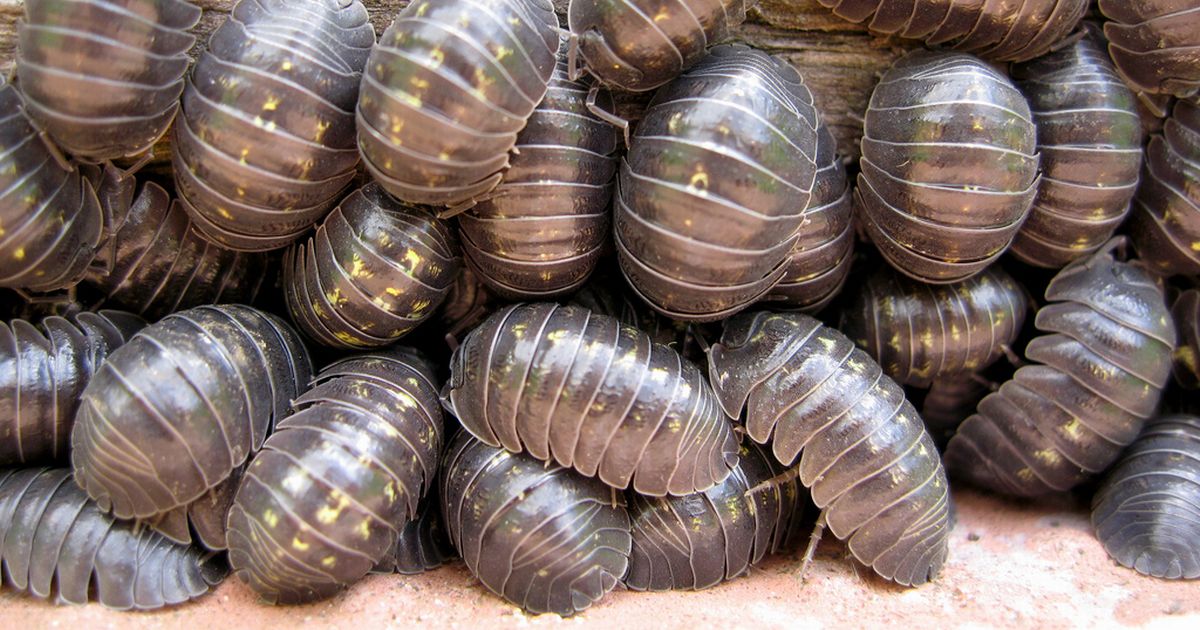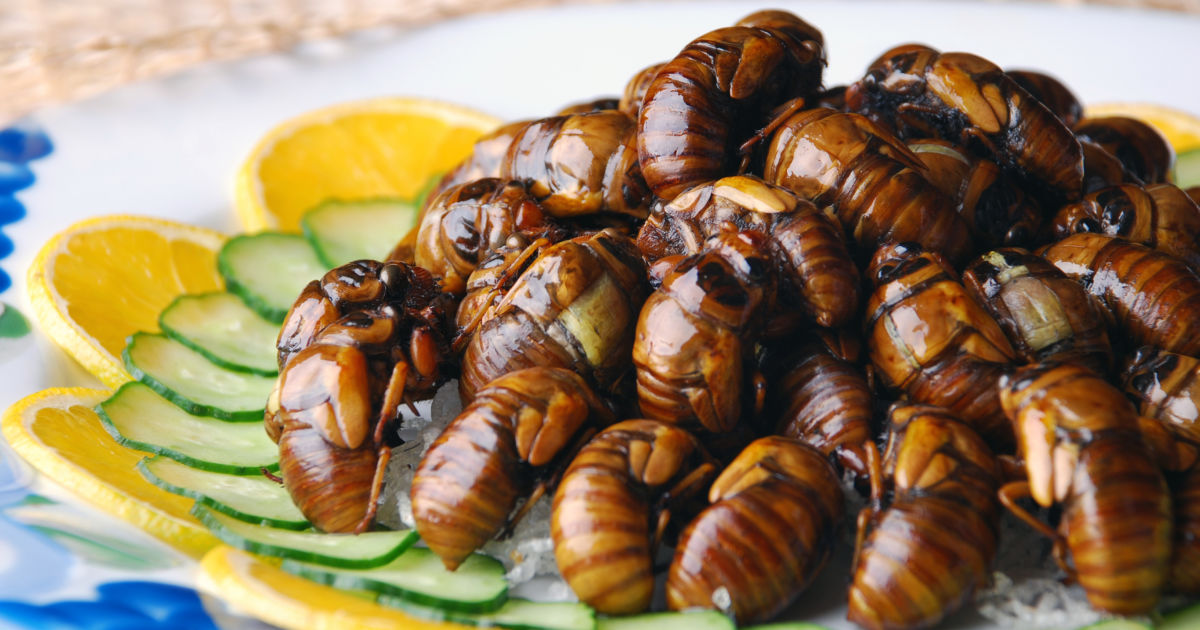Edible Insects And Their Health Benefits
Woodlice

Also known as pill bugs or roly-polies, woodlice are North America's only type of terrestrial crustacean. They are reported to have a flavor and nutritional profile similar to shrimp, and they are sometimes referred to as land shrimp. Woodlice can be found abundantly under rocks and logs, and they can also be located by sifting through old leaves. Since these animals may contain parasites known as nematodes, they must be thoroughly cooked prior to eating. Experts recommend boiling woodlice for at least two minutes before consumption. The outer skeleton of pill bugs is very high in calcium, and the bugs are also good sources of magnesium, sodium, iron, and copper. As with other crustaceans, woodlice provide high-quality protein that is easily absorbed. One of the most popular ways to consume woodlice is to make them into a sauce individuals can substitute for soy sauce.
Beetles

Of all edible insects, beetles are the ones most frequently eaten across the globe. In fact, they make up thirty-one percent of the total global insect consumption. Like other insects, beetles provide all nine essential amino acids, and they have more protein than most other varieties of insects. Beetles are especially popular as food in parts of Africa and in the areas around the Amazon basin. Long-horned, june, and rhinoceros types are among those most commonly eaten. A nutritional analysis of several types of beetles revealed Zophobas beetles are especially rich in vitamin E, vitamin A, beta carotene, and lutein. Tenebrio beetles are another good source of these nutrients. Vitamin E may help reduce inflammation, and vitamin A is essential for bone growth, eye health, and skin repair. Beta carotene, a special form of vitamin A, is believed to help prevent some of the cognitive decline associated with aging, and the nutrient has been shown to reduce the risk of lung cancer in female non-smokers. Studies suggest lutein intake may help prevent age-related macular degeneration, and it may also lower the risk of cataract formation. Interestingly, beetles contain a significant amount of ash, an element that provides phosphorus, potassium, and calcium.
